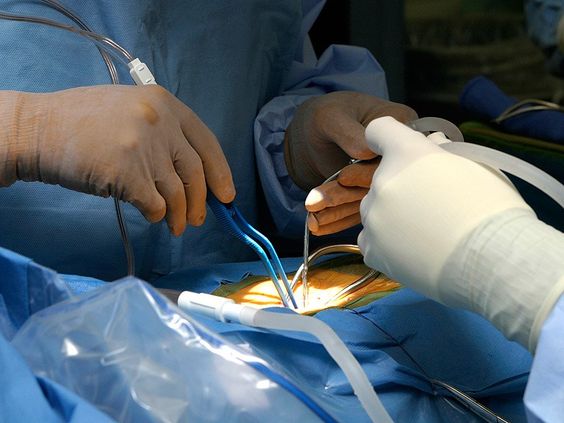An ingrown toenail occurs when the toenail grows into the skin as opposed to over it.
While the condition often only affects the big toe, there are times when it can also develop in the other toes.
While ingrown toenails can affect just about anyone, the condition is more common among adults than in children.
Ingrown toenails are also especially common among older adults.
People with curved or thick nails are also more susceptible to ingrown toenails.
When infected, the affected toenail can become swollen and red and may drain pus.
It can also become extremely painful and uncomfortable.
Depending on the severity of the condition, treatment approach can range from home care remedies to ingrown toenail surgery.
Causes
Some of the most common causes of ingrown toenail include:
- Toenails that are unusually curved
- Toenails that are cut too short
- Wearing of shoes that crowds the toenail
- Toenails that are not cut straight across
- Toenail injuries
Symptoms
Common signs that indicate ingrown toenail include but are not limited to the following:
- Swelling
- Tissue infection
- Redness around the toenail that is affected
- Pain and tenderness on the sides of the nail
Alarming symptoms that will require a visit to the doctor include:
- Severe discomfort and pain
- Redness that appears to be spreading
- Pus in the area affected
- If patient has diabetes or other medical conditions that can result to poor blood flow to the feet
Complications

Left untreated or undetected, ingrown toenails can lead to a serious bone infection that might affect the underlying bone.
The condition can also result to severe complications for those who have diabetes.
In some cases, it can even lead to nerve damage.
For patients with diabetes, even a foot injury that is minor in nature—cut, corn, callus, scrape, and an ingrown toenail—may become infected and can lead to other complications.
Appointment
Diabetic patients or those with alarming symptoms and are suffering from ingrown toenails should consider visiting the doctor a must.
Since doctor visits can sometimes be brief, it is recommended that patients come prepared so they can make the most out of the visit.
As a general rule of thumb, preparing a list of questions would be ideal.
Some of the key questions you can ask should include the following:
- What are the pros and cons of each treatment option?
- What are the possible treatment alternatives?
- Is the condition temporary or chronic?
- Will the condition heal on its own sans medical intervention?
- What results can patients expect after the treatment?
- What nail routine should be observed while the toe is healing?
Likewise, the session would be more beneficial if patients come prepared for likely questions the doctor will ask like:
- When did the symptoms manifest?
- What at home remedies have been tried?
- Do you have diabetes or other medical conditions that causes poor blood flow to the legs and feet?
Treatment
Mild cases of the condition will often respond to home remedies.
However, for severe cases, ingrown toenail surgery will most likely be the recommended option.
- Nail and tissue removal. If the condition has affected the same toe more than once, the doctor will most likely recommend removing a portion of the nail as well as the nail bed. The procedure can help ensure the affected nail does not grow back.
- Partial nail removal. Cases that manifest alarming symptoms like redness, pain, swelling, and pus, the doctor will likely recommend removing or at least trimming a portion of the nail. Before the procedure, an anesthetic will be administered in order to numb the toe that will be operated on.
While ingrown toenails may seem harmless, they can get bothersome and uncomfortable without proper attention and treatment. Avoid ingrown toenail discomfort and pain by checking with www.bjios.sg today.





